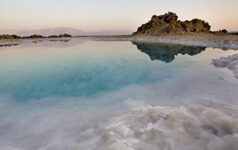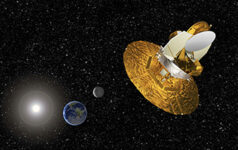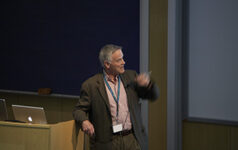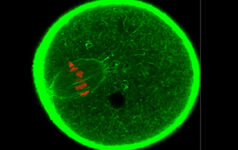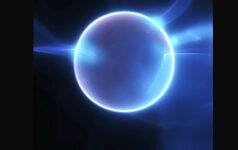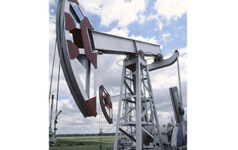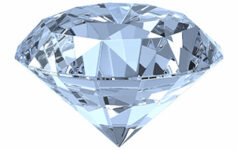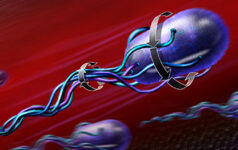The intracellular environment: not so muddy waters
Giuseppe Zaccai from the Institut Laue-Langevin (ILL) in Grenoble, France, describes how he and his co-workers have uncovered a way to explore water dynamics in the cell interior using neutron scattering and isotope labelling.






